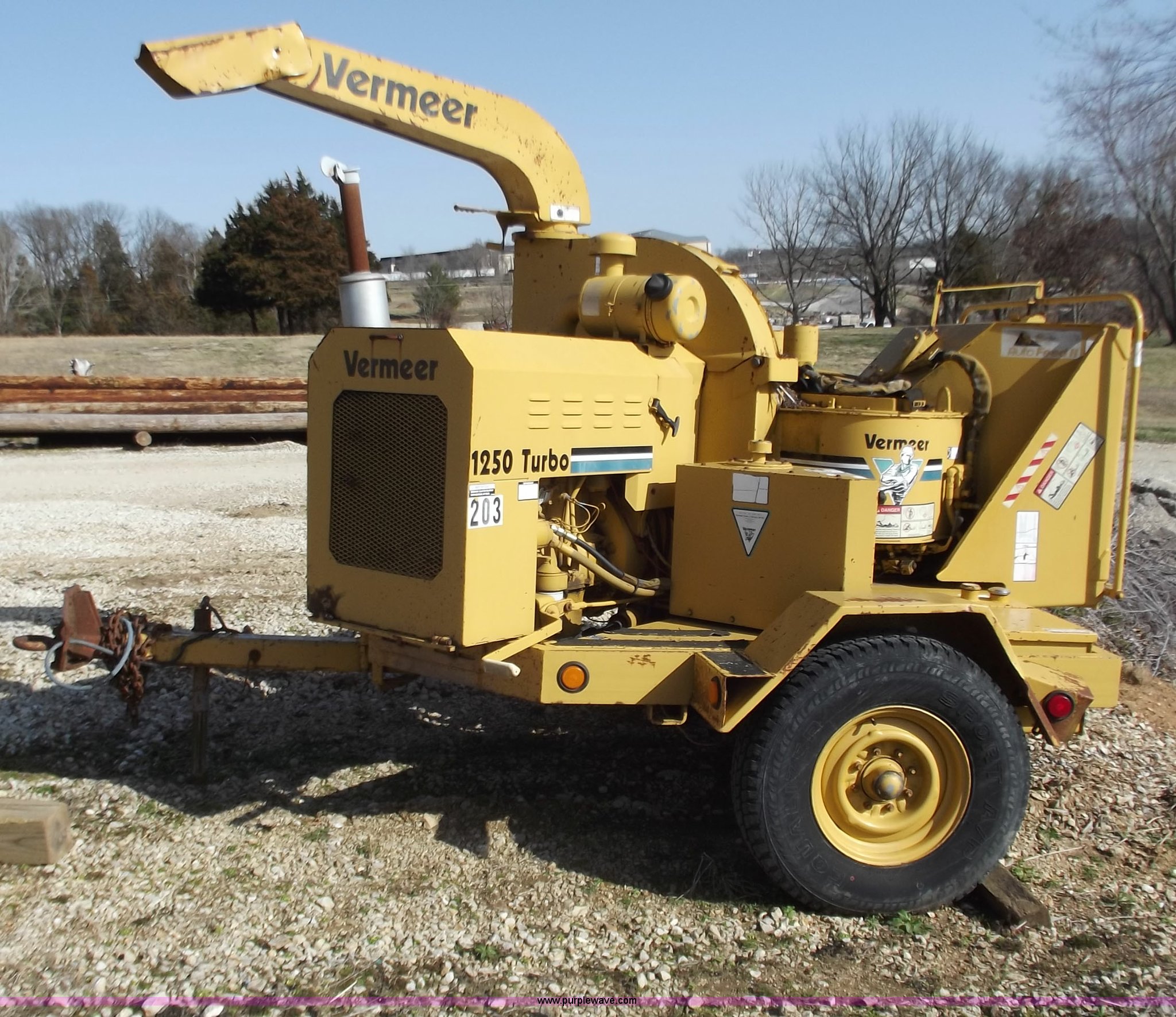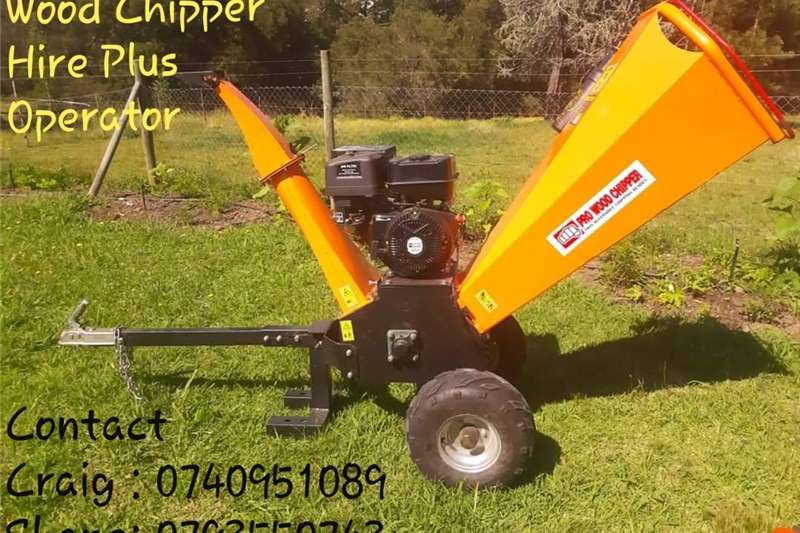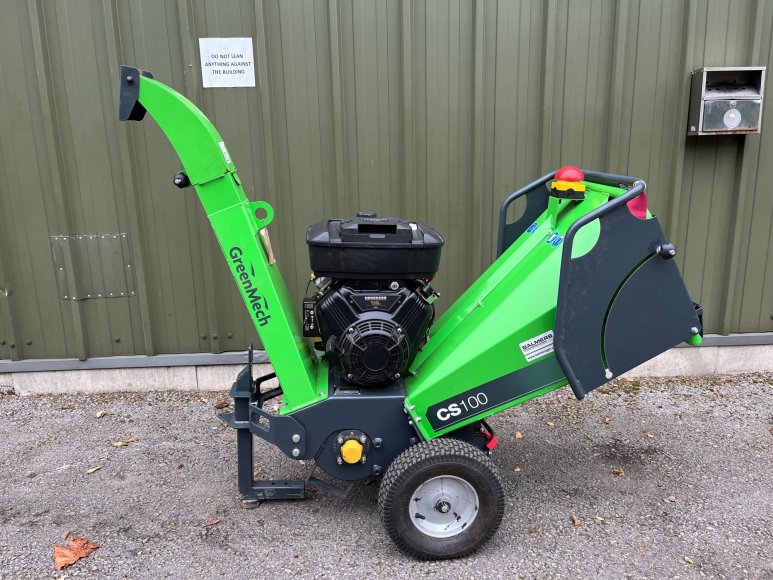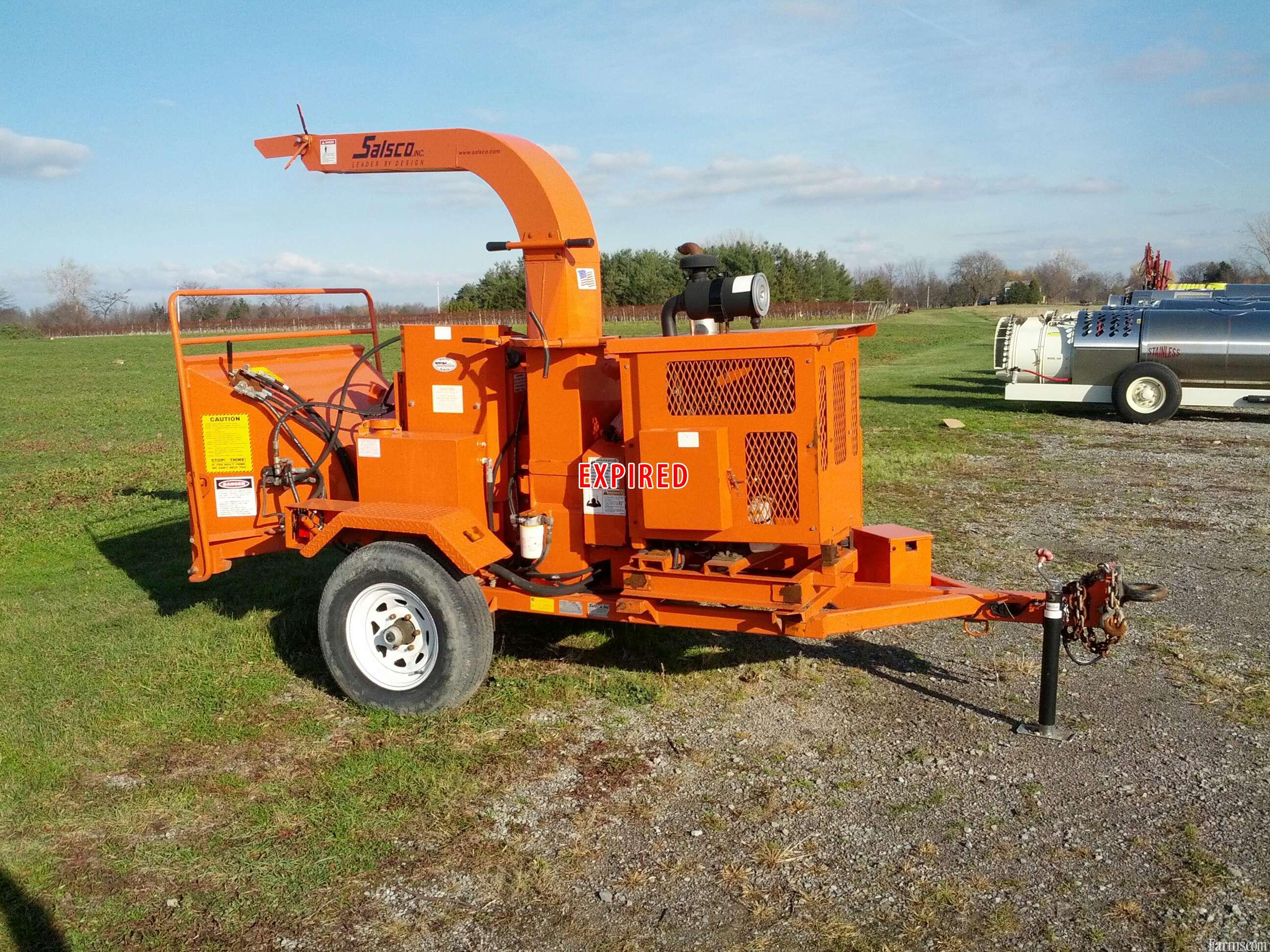Wood Chipper For Sale Used – These platforms allow buyers to browse listings, access detailed business profiles, and initiate contact with sellers, all from the comfort of their own home. People often feel like they are for sale, too, in various ways. In some cases, selling second-hand items can be a way to make a significant profit, especially if the items are rare, vintage, or in high demand. Quality goods transcend trends and fleeting fads. People can be bought and sold in the form of labor, for example, and loyalty can be traded for material gain. A house can be bought, a car can be sold, a watch can be pawned. Selling such an item can be a difficult decision, yet it often represents the practical need to downsize or make space for something new. For some, it’s a matter of balancing budgetary constraints with their desire for quality. In some cases, the sale of an item can mark a pivotal moment in someone’s life. In fact, there’s been a resurgence of interest in artisanal, locally-made products, especially in industries like fashion, home decor, and food. It forces us to ask difficult questions about ownership, worth, and the limits of human desire. Success after the acquisition depends on a variety of factors, such as effective leadership, market conditions, and the buyer’s ability to make improvements and capitalize on growth opportunities. The notion suggests a world where anything and everything, regardless of its intrinsic value, can be bought, sold, or traded. For sellers, the market for second-hand goods offers an opportunity to declutter their homes and make some extra money. A piece of furniture, for instance, may hold sentimental value simply because it’s been in the family for generations. In a sense, the very nature of human existence can feel like a transaction. There are communities that exist outside the realm of traditional commerce, where sharing, collaboration, and mutual support take precedence over profit. The materials, labor, and expertise that go into crafting these items naturally make them more expensive. This ensures that the product is fully functional and free of defects, providing peace of mind for buyers. The closing process also involves transferring the business’s assets, such as inventory, property, intellectual property, and customer contracts, to the new owner.

Vermeer 1250 Turbo wood chipper in Jefferson City, MO Item D3616 sold
Low price leaderus customer service

Used Wood Chipper for sale in Western Cape by Private Seller Please
Low price leaderus customer service

Wood chippers for sale
Low price leaderus customer service

VERMEER 935 i wood chippers for sale, wood shredder from Poland, buy
Low price leaderus customer service

Used Vermeer BC1500 Wood Chipper for Sale Vermeer
Low price leaderus customer service

Used Wood Chippers for Sale Balmers GM
Low price leaderus customer service

Wood Chipper For Sale Done Deal at Leo Barnes blog
Low price leaderus customer service

2017 Vermeer BC700XL 6" Wood Chipper For Sale, 23 Hours Greenville
Low price leaderus customer service

other 810M Wood Chipper for Sale
Low price leaderus customer service

Used 2011 vermeer BC1000XL Diesel Wood Chippers in , Listed on Machines4u
Low price leaderus customer service
The notion suggests a world where anything and everything, regardless of its intrinsic value, can be bought, sold, or traded. Acquiring an established business can provide a head start in terms of customer relationships, operational systems, and brand recognition. Those who are born into privilege have the means to buy their way to the top, while others are left behind, forced to sell their time, energy, and even their dignity in order to survive. There’s a certain art to selling something. A piece of art, for example, may be valued differently by various individuals based on personal taste, financial resources, or the emotional connection they feel to the work. A new smartphone, for example, can cost hundreds of dollars, but buying a used one can cut the price down by more than half. Many factors can influence the negotiation, such as the business’s financial performance, industry trends, and the level of interest from other buyers. There are those who argue that not everything should be for sale. For many, purchasing second-hand goods is not only a practical and affordable choice but also an environmentally conscious one. The concept of quality, however, is not a one-size-fits-all. In both cases, there’s a sense of vulnerability. When we begin to view everything through the lens of commerce, it’s easy to lose sight of the things that make life worth living — the moments that aren’t for sale, the experiences that can’t be bought. The idea of “everything for sale” challenges our understanding of what is sacred, what is essential, and what is truly priceless. Many high-quality products come with a rich history, whether it’s the legacy of a renowned brand or the personal touch of a local maker. The digital age has also transformed the way things are bought and sold. For environmentally conscious consumers, buying second-hand is not just a cost-effective choice, but a way to make a positive contribution to the planet. Upcycling is a great way to make the most out of second-hand goods, adding both value and meaning to the items that are being repurposed. In the realm of real estate, for instance, selling a house is often an emotional and logistical challenge. Similarly, gently used clothing from high-end brands can be found for a fraction of their original retail price. The ease and convenience of online sales have created a global marketplace where individuals can connect with buyers and sellers across the world.
Yet, at the same time, there’s the promise of new beginnings for both the seller and the buyer. In some cases, buyers may also acquire businesses with existing intellectual property, such as patents, trademarks, or proprietary technologies, which can offer a competitive edge in the market. A piece of art, for example, may be valued differently by various individuals based on personal taste, financial resources, or the emotional connection they feel to the work. Electronics are another category of second-hand goods that have seen a rise in popularity. This is particularly evident in industries such as furniture, clothing, and electronics. The production of new goods often requires significant resources, such as raw materials, energy, and labor, while also generating waste and contributing to pollution. It’s a constant negotiation, where both parties seek to align their perceptions of worth and reach an agreement that satisfies both sides. Everything for sale. For environmentally conscious consumers, buying second-hand is not just a cost-effective choice, but a way to make a positive contribution to the planet. By buying second-hand goods, consumers can feel good about supporting their communities and giving back to those in need. These brick-and-mortar stores offer a different shopping experience, one that is often characterized by the thrill of the hunt. The due diligence process helps the buyer understand the risks involved, the company’s market potential, and any legal or operational hurdles that may exist. This typically involves drafting and signing a sale agreement, which outlines the terms and conditions of the transaction. The truth is that the idea of quality is deeply rooted in the philosophy of craftsmanship, heritage, and trust, which explains why certain items, often categorized as quality goods, tend to be prized more than others, even when they may come with a higher price tag. Therapists offer their services for a fee, and online courses promise to give us the knowledge we need to succeed — all in exchange for money. Selling such an item can be a difficult decision, yet it often represents the practical need to downsize or make space for something new. The materials used, whether it’s hardwood, durable fabrics, or premium upholstery, are chosen for their longevity and aesthetic appeal. Quality goods for sale are not just limited to luxury items or high-end brands. A car is something that can hold a great deal of sentimental value. When an item is marked as “for sale,” it enters a space where value is defined not only by the object itself but by the context in which it’s placed.